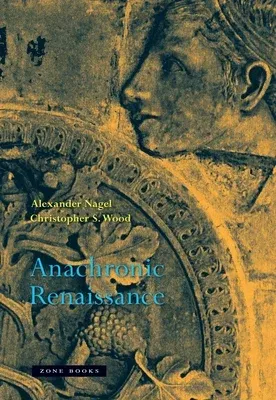In this widely anticipated book, two leading contemporary art historians
present a stunning reconsideration of the problem of time in the
Renaissance. With intellectual brilliance, Alexander Nagel and
Christopher S. Wood reexamine the meanings, uses, and effects of
chronologies, models of temporality, and notions of originality and
repetition in Renaissance images and artifacts.
Anachronic Renaissance reveals a web of paths traveled by works and
artists, a landscape obscured by art history's disciplinary compulsion
to anchor its data securely in time. The buildings, paintings, drawings,
prints, sculptures, and medals addressed in this book were shaped by
concerns about authenticity, about reference to prestigious origins and
precedents, and about the implications of transposition from one medium
to another. Byzantine icons taken to be early Christian antiquities, the
acheiropoeton or image made without hands, the activities of spoliation
and citation, differing approaches to art restoration, legends about
movable buildings, and forgeries and pastiches: all of these emerge as
basic conceptual structures of Renaissance art. The authors show how the
complex and layered temporalities of images offered a counterpoint to
the linear chronologies that increasingly structured commerce, politics,
travel, and everyday life in the fourteenth and fifteenth centuries.
While a work of art does bear witness to the moment of its fabrication,
Nagel and Wood argue that it is equally important to understand its
temporal instability: how it points away from that moment, backward to a
remote ancestral origin, to a prior artifact or image, even to an origin
outside of time, in divinity. The authors conclude with an analysis of
Roman episodes and projects of the decades around 1500, culminating in
Raphael's Stanza della Segnatura. This book is not the story about the
Renaissance, nor is it just a story. It imagines the infrastructure of
many possible stories. Clearly, Anachronic Renaissance will be
essential reading for historians of Western art and all those concerned
with the historiography of material culture.

